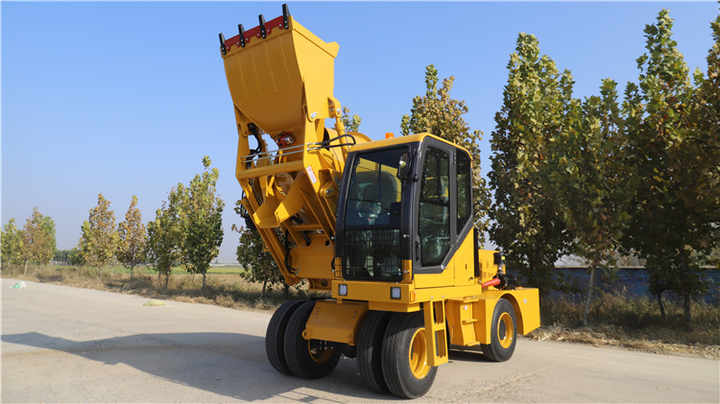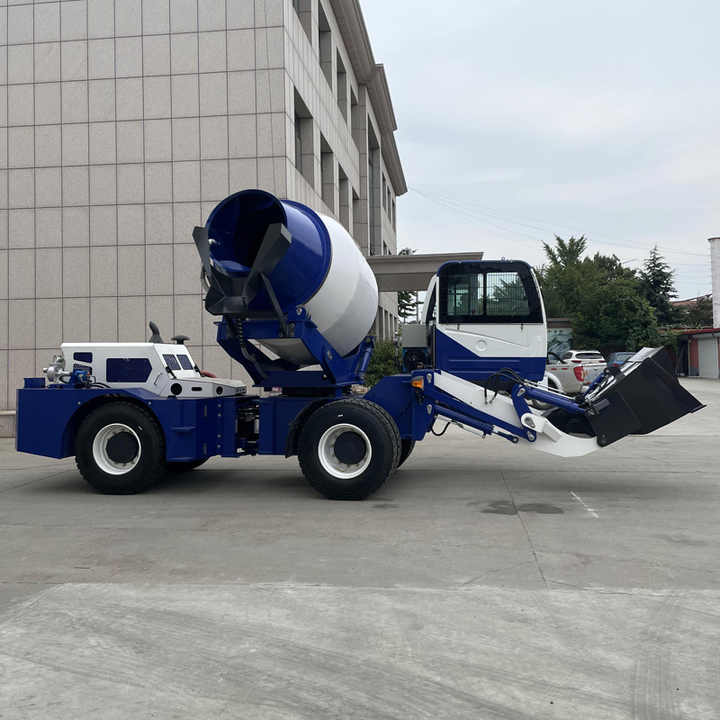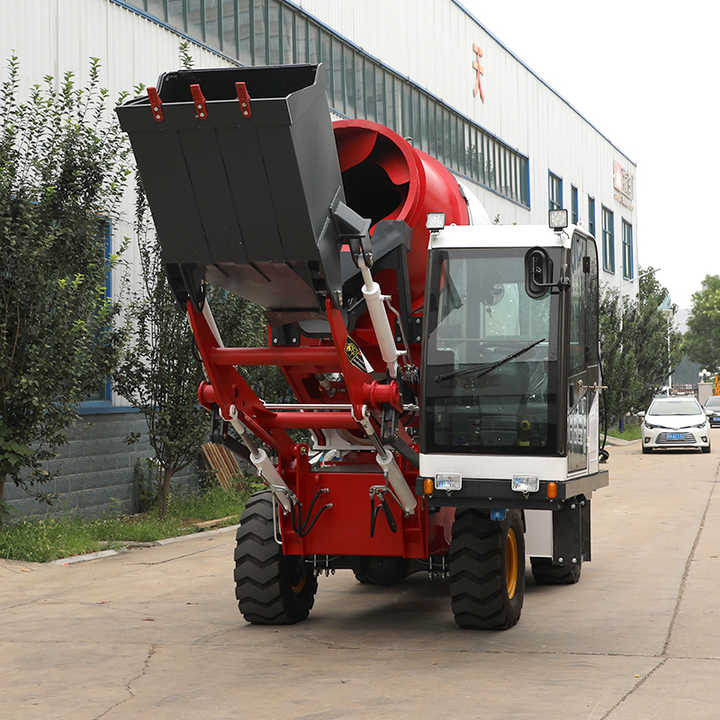Concrete Recycling Machinery: Turning Waste Into New Construction Materials
-
Thesis: Concrete recycling machinery is transforming demolition waste and returned concrete from an environmental liability into valuable resources, closing the loop in construction materials.
-
Outline:
-
The Waste Problem: Concrete debris is the largest component of C&D waste. Landfill disposal is costly and unsustainable. Returned ready-mix concrete is also a significant waste stream.
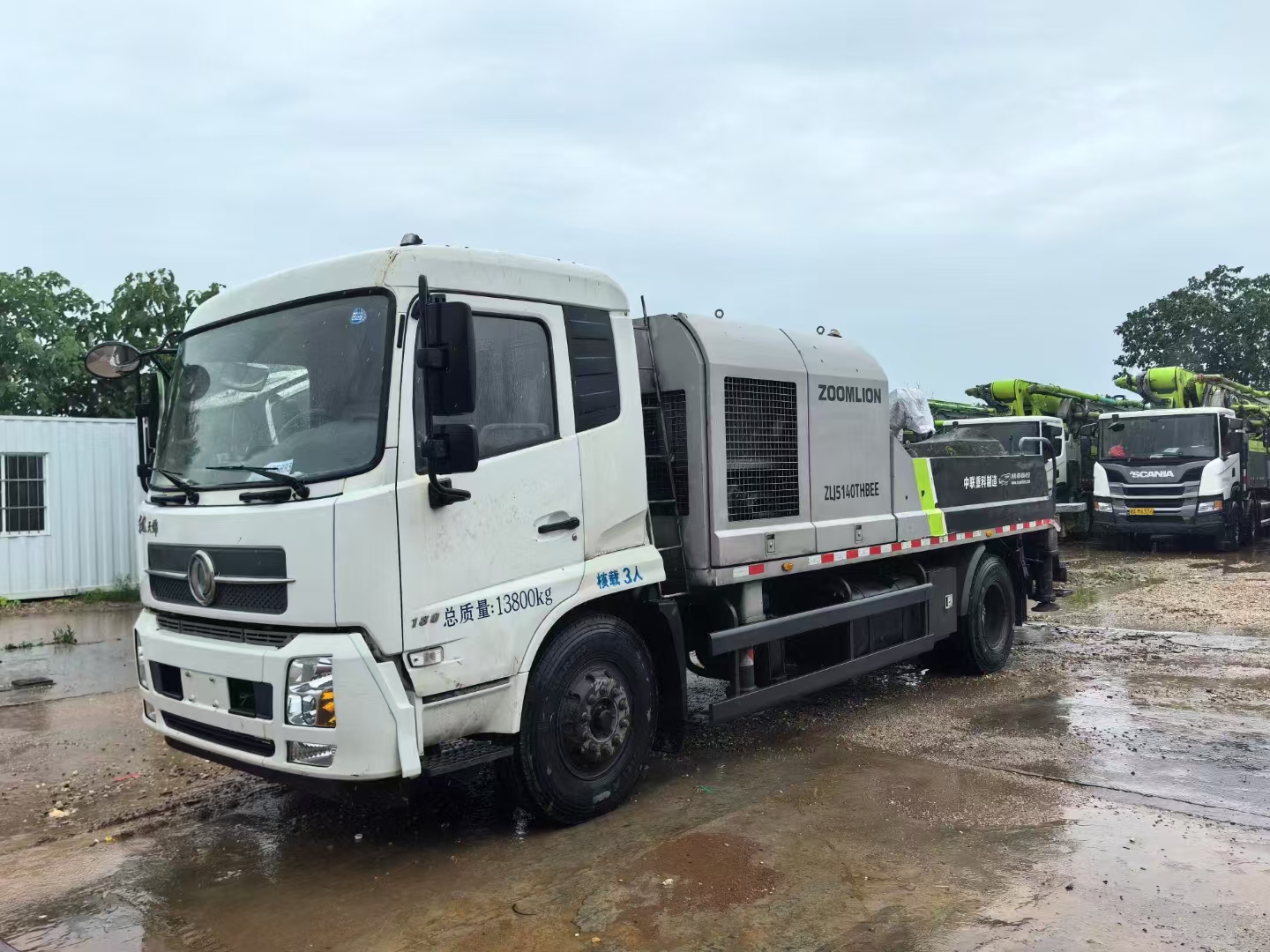
-
The Recycling Process:
-
Collection: Demolition sites, concrete washout facilities, RMC plants (returned concrete).
-
Primary Crushing: Large jaw crushers break down debris into manageable pieces (6"-8").
-
Removal of Contaminants: Powerful magnets remove rebar and other ferrous metals. Air separators, water flotation, or manual picking remove wood, plastic, paper, gypsum, etc. Critical for quality aggregate.
-
Secondary Crushing & Screening: Impact crushers or cone crushers further reduce size. Vibrating screens sort the crushed material into different size fractions (e.g., RCA - Recycled Concrete Aggregate - often graded as coarse or fine).
-
Wash Systems: Optional but beneficial to remove remaining fines or contaminants, producing cleaner aggregate.
-
-
Key Machinery Types:
-
Crushers: Jaw (primary), Impact (secondary, better shape), Cone (secondary, finer product). Mobile crushers are dominant for on-site recycling.
-
Screens: Vibratory screens (inclined, horizontal) with various mesh sizes for classification. Scalping screens remove oversized material before crushing.
-
Magnetic Separators: Overband magnets (conveyor-mounted), drum magnets. Essential for metal recovery.
-
Air Separators/Windshifters: Remove light contaminants (wood, plastic).
-
Water Treatment Systems: For wash plants, settling ponds, filter presses to recover water and manage slurry.
-
Concrete Reclaimers: Used at RMC plants to separate returned concrete into aggregate (reused in low-spec concrete) and slurry water (reused in mixing).
-
-
Uses for Recycled Concrete Aggregate (RCA):
-
Base/Sub-base Material: Roadbeds, parking lots (largest market).
-
Pipe Bedding: Surrounding underground utilities.
-
Landscaping: Drainage rock, retaining wall backfill.
-
New Concrete Production: Partial replacement (typically 20-30%) of virgin aggregate in new concrete for non-structural applications (sidewalks, curb & gutter), increasingly in structural applications with proper processing and mix design.
-
Gabion Baskets, Riprap: Erosion control.
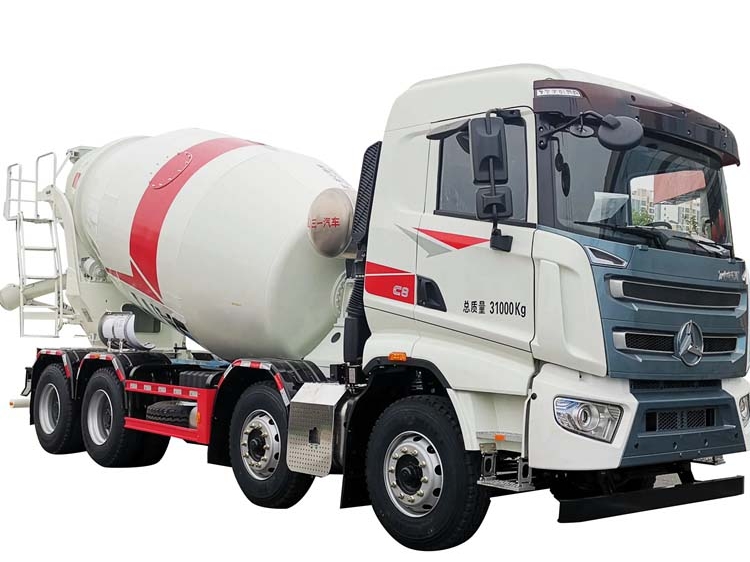
-
-
Benefits:
-
Environmental: Reduces landfill burden, conserves virgin aggregate resources, lowers transportation emissions (local processing), reduces mining impacts.
-
Economic: Lower disposal costs, creates saleable product (RCA), reduced cost for base material.
-
Regulatory: Helps meet C&D waste diversion mandates (common in many regions).
-
-
*Challenges: Contamination removal (critical for quality), variability in RCA properties (affects mix design), market acceptance (especially for structural concrete), upfront investment in machinery. Requires careful processing and quality control.
-
*The Future: Improved sorting technologies (AI vision), development of standards for higher-grade RCA in structural concrete, integration of recycling at the point of demolition ("deconstruction").
-
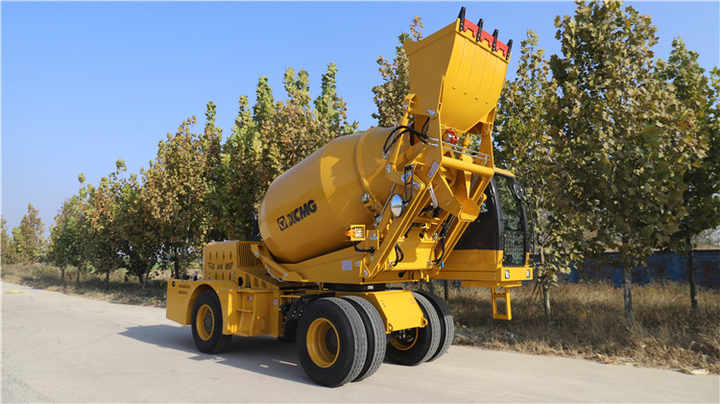 Specifications & Guideline
Specifications & Guideline

